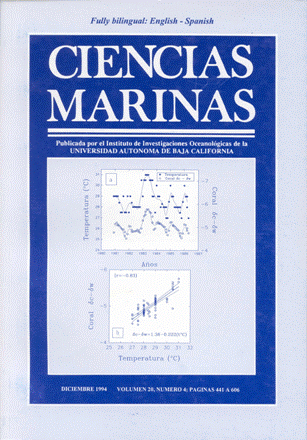Modified staining techniques for the study of Nongeniculate coralline red algae (Rhodophyta)
Main Article Content
Abstract
Different staining techniques of histological slides were tested and modified in order to improve and facilitate the observation of vegetative and reproductive structures that are taxonomically important for genus and species determinations of nongeniculate coralline algae (Corallinaceae, Rhodophyta). Four groups of staining techniques were differentiated from the results: a) dyes with a low affinity for the thallus: mercuric bromophenol blue, toluidine blue “O” and naphthol blue black; b) dyes with a greater affinity for the thallus: ruthenium red and red “O” oil; c) combined dyes which allowed a better staining of the thallus: naphthol blue black combined with PAS test (Periodic Acid Schiffs reagent) and toluidine blue “O” combined with sodium tetraborate; d) the dyes that gave the best staining results were: Harris’ hematoxylin, Mallory’s phosphotungstic hematoxylin, potassium permanganate (KMnO4). PAS test and safranine-fast green.
Downloads
Article Details
This is an open access article distributed under a Creative Commons Attribution 4.0 License, which allows you to share and adapt the work, as long as you give appropriate credit to the original author(s) and the source, provide a link to the Creative Commons license, and indicate if changes were made. Figures, tables and other elements in the article are included in the article’s CC BY 4.0 license, unless otherwise indicated. The journal title is protected by copyrights and not subject to this license. Full license deed can be viewed here.

